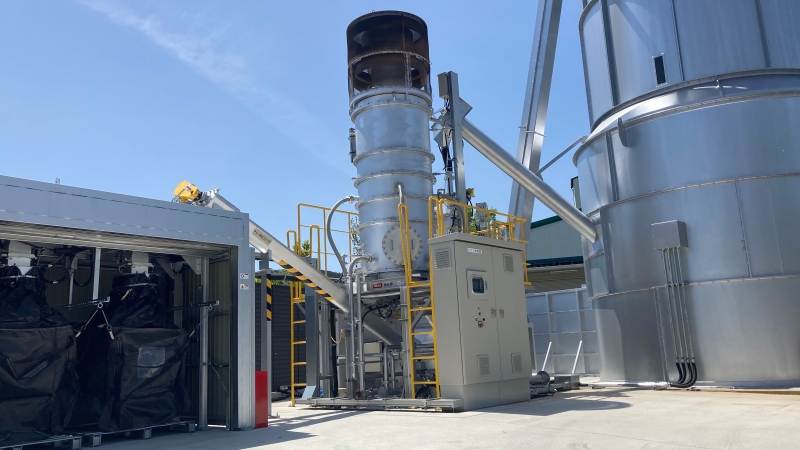2025-04-23 九州大学
<関連情報>
- https://www.kyushu-u.ac.jp/ja/researches/view/1251
- https://www.kyushu-u.ac.jp/f/61558/25_0423_03.pdf
- https://agupubs.onlinelibrary.wiley.com/doi/10.1029/2025GL115154
2024年5月10-12日の超地磁気嵐に対するスポラディックE層の反応 Sporadic-E Layer Responses to Super Geomagnetic Storm 10–12 May 2024
Lihui Qiu, Huixin Liu
Geophysical Research Letters Published: 23 April 2025
DOI:https://doi.org/10.1029/2025GL115154

Abstract
Sporadic E (Es) layer plays a prominent role in revealing both upward and downward atmosphere-ionosphere coupling process. This study investigates the responses of Es layers to the May 2024 super geomagnetic storm by using 37 ground-based ionosondes distributed globally and space-based COSMIC-2 radio occultation observations. The results show that Es layers were significantly enhanced during the recovery phase of geomagnetic storm. In addition, the enhanced Es layers mainly occurred over Southeast Asia, Australia, the South Pacific and the East Pacific. The temporal evolution of foEs disturbances over the Asian-Australian sector clearly shows the “wave propagation” characteristics from high to low latitudes, indicating that the enhancements of the Es layers are most likely caused by the disturbed neutral winds in the E region. This study presents observational evidence for the downward impacts of the geomagnetic storm on the E-region ionosphere.
Key Points
- Significant Es layer enhancements were recorded during the recovery phase of the super geomagnetic storm
- Enhancements of Es layers mainly appeared over Southeast Asia, Australia and South Pacific, as well as the eastern Pacific region
- The temporal evolution of enhanced Es layers demonstrates equatorward wave propagation characteristics from high to low latitudes
Plain Language Summary
Geomagnetic storms can significantly affect the F-region electron density, neutral composition, and background neutral winds. However, the disturbances in the E-region ionosphere are rarely recorded and investigated during geomagnetic storms. The May 2024 super geomagnetic storm with Dst < 400 nT provided a good opportunity to investigate the responses of the lower ionosphere to the super geomagnetic storm. The observations from 37 ionosondes and COSMIC-2 show that the Es layers were significantly enhanced in some regions during the May 2024 super geomagnetic storm, providing observational evidence for lower ionospheric variations caused by geomagnetic storms.



